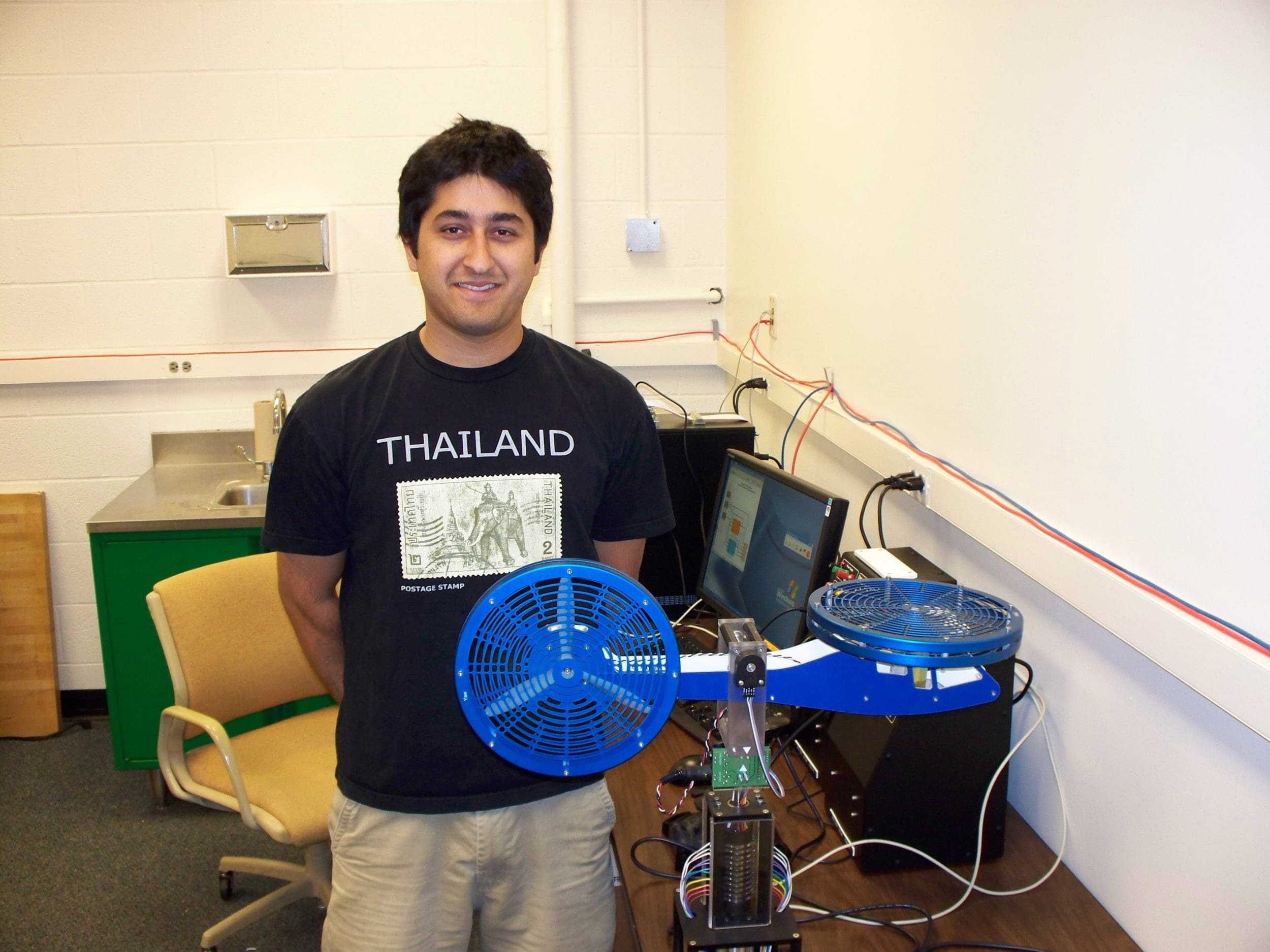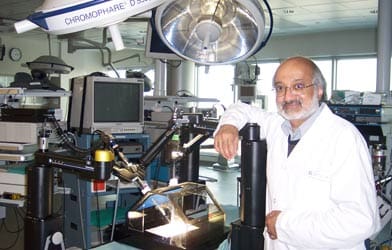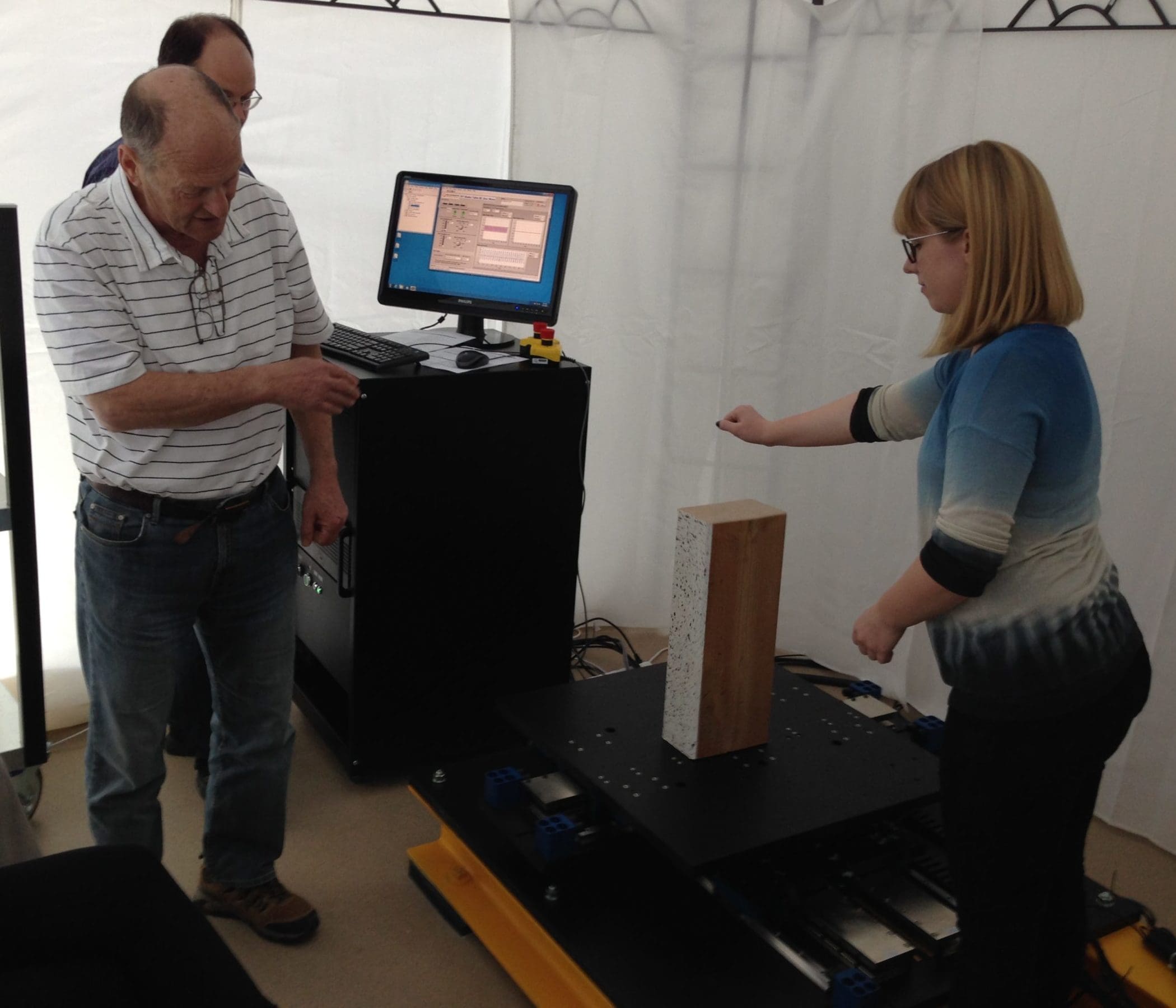
Many college professors live for their research. The charismatic Associate Professor Kelly Cohen of the University of Cincinnati’s Aerospace Engineering and Engineering Mechanics Department is a shining example. He wanted to attract more students by offering courses they find compelling. “My first priority was getting students excited about working with controls… and getting to touch and feel.” To get that touch and feel, he required new equipment. When students experience engaging hands-on experiments, they become excited and want to take his courses. And when there are more students applying, he says, “I can become selective.”
Challenge
How can a research-focused academic attract better students?
Dr. Cohen openly declares: “I am competing for good students … and I want to draw the most promising students. The better the students, the better ultimately my research is.” In other (perhaps less mercenary) words, his mission is to captivate, motivate and graduate better students. Just like Quanser.
Consequently, Dr. Cohen sees zero benefit in custom designing, assembling and servicing his controls engineering labs. “My time is quite valuable – I get credit for advising people, I get credit for teaching classes, I get credits for mentoring students, I don’t get credit for putting hardware together. The more time I would spend there would take away from my time I could put in those areas that I would get credit for.” It’s another point of view he and Quanser share.
Solution
Great variety of control experiments in less time and effort
New equipment was a condition to Dr. Cohen’s being hired. Since arriving at the University of Cincinnati in 2007, he has introduced several Quanser experiments to the department. “One of the things I had negotiated was the lab space and the equipment.” The lab equipment before then, he bluntly states, was “inadequate for my needs.” So by the time he started, Dr. Cohen already had quotes for controls experiments.
So far, the additions to the Department of Aerospace Engineering’s lab include Quanser’s: Linear Inverted Pendulum, Linear Flexible Joint, and Seesaw experiments; a 2 DOF Helicopter experiment; the Active Mass Damper Structure experiment; and Shake Table II. The experiments were implemented and supported by some of Quanser’s top engineers. “That was good that Quanser had a turnkey [solution] because it allowed us to get started very quickly. And now I want to add on different modules.” Indeed, he chose these experiments for their very modularity.
The Linear Inverted Pendulum, Linear Flexible Joint, and Seesaw experiments are versatile enough to evolve into other experiments for advanced research. This is key. When equipment can be reused in many applications, students learn more, academics derive more and better research, and administrations are pleased to wring maximum payout from their investment.
A win-win-win, everyone benefits.
Result
Well-rounded students, excited colleagues and a receptive administration
The Quanser experiments help students recognize the interrelations between controls and the other engineering disciplines, resulting in better engineers. Dr. Cohen says students “see that an aerospace engineer is a systems engineer, as well as a control, mechanical and electrical engineer … going out to the lab and doing this work broadens their horizons substantially.” Cohen clearly likes the applicability of his new labs. Students are into many different areas, widening Dr. Cohen’s own scope of research. “They use the Inverted Pendulum, trying to do fuzzy logic, in the Intelligent Control class. Then I had two students do independent research on a 2 DOF Helicopter.” Another student observed the “Inverted Pendulum and how the noise and all the other disturbances, like moving up the beam, would affect the stability of the closed-loop system.”
Their win is his too. In the end he expects to see, “an array of Masters and PhD theses in controls.”
Meanwhile, other University of Cincinnati engineering departments have taken notice. Peers who recently mocked Dr. Cohen’s experiments as toys now, “are very interested in the equipment.” Impressed with the product support Quanser provides, Dr. Cohen introduced its Academic Solutions Advisor to these other faculty.
Speaking of notice, Quanser even received a thank-you from Dr. Cohen’s Department Head, reporting their “utmost satisfaction” with the equipment and service. He talked about lab set-up throughout the entire university, closing with: “We look forward to a lasting and fruitful relationship.”
The next step in this relationship? Dr. Cohen will add specialty experiments to the undergraduate courses. “The idea is to get students to zoom in on just one topic for an entire term … that would get them excited enough to make their masters on it.” He asked Quanser, hopefully, “if you could come up with some sort of suggestions … for independent research as opposed to a regular class.” Quanser is just as keen to cultivate this partnership.. It’s another win-win-win.


